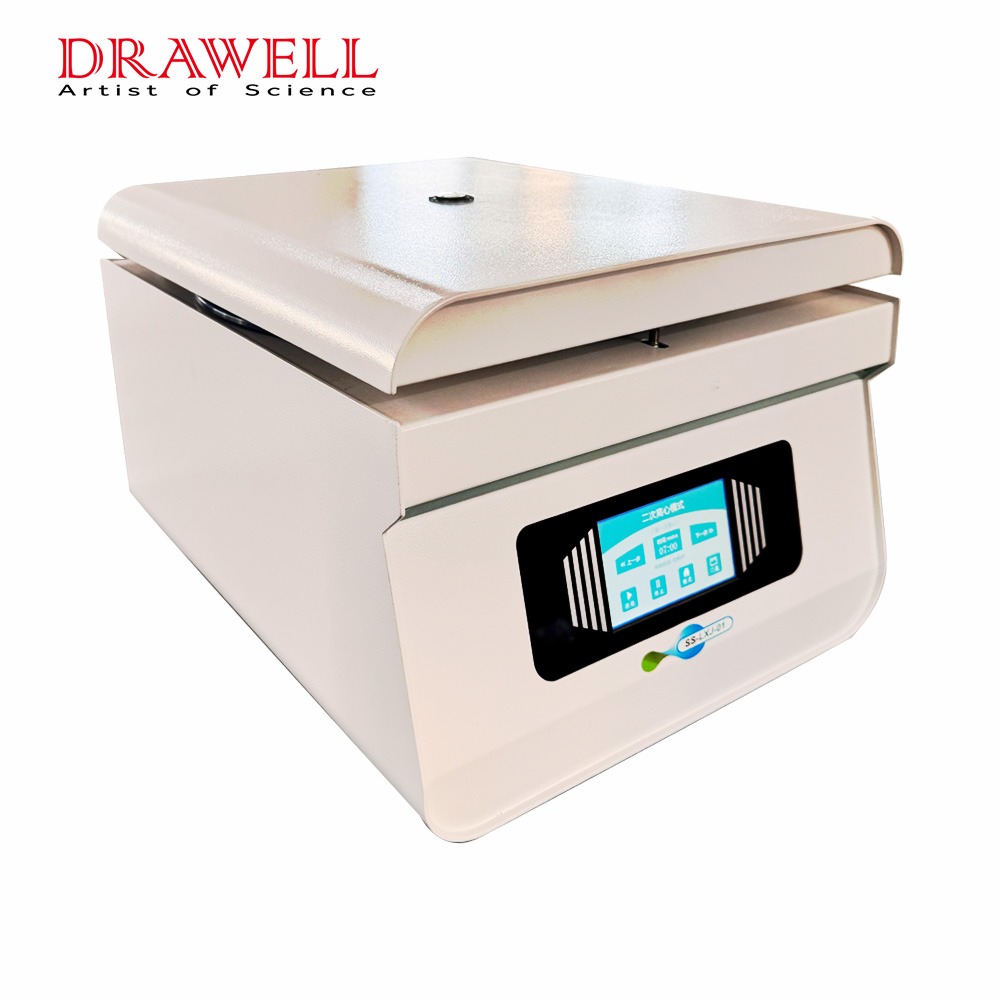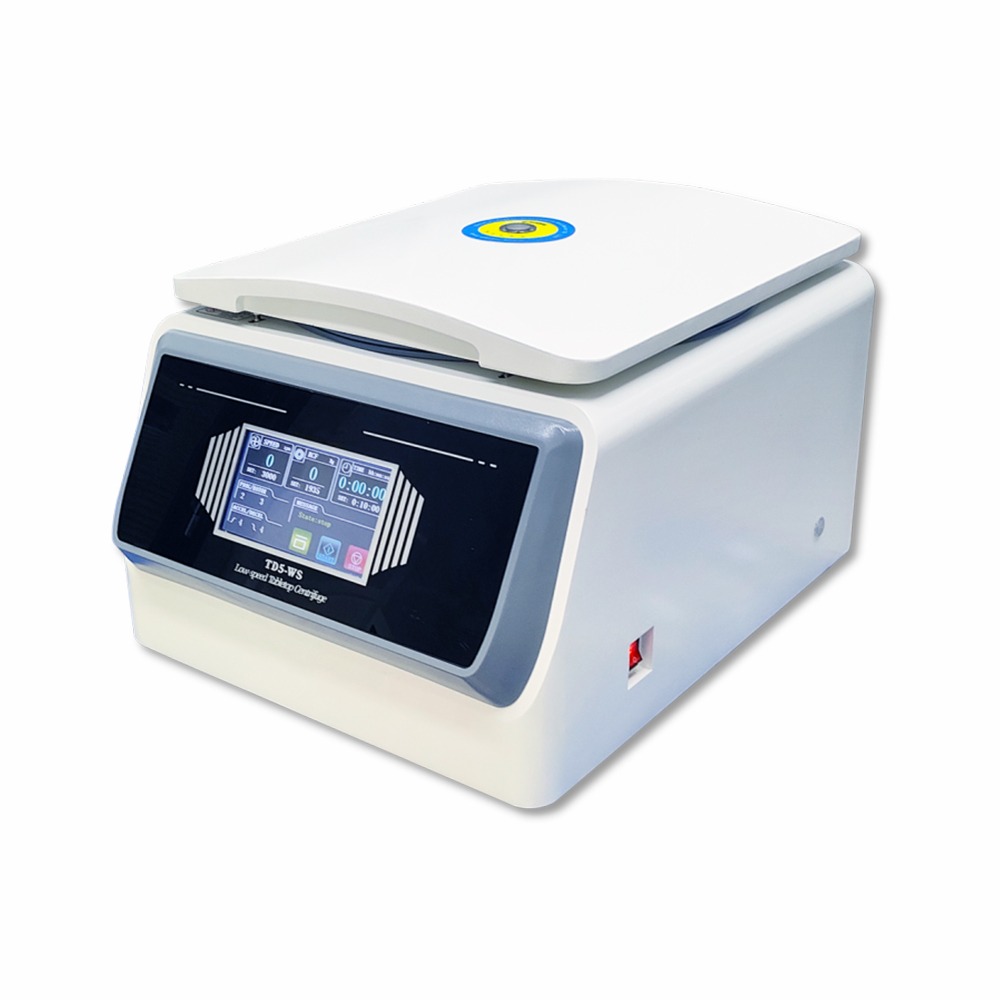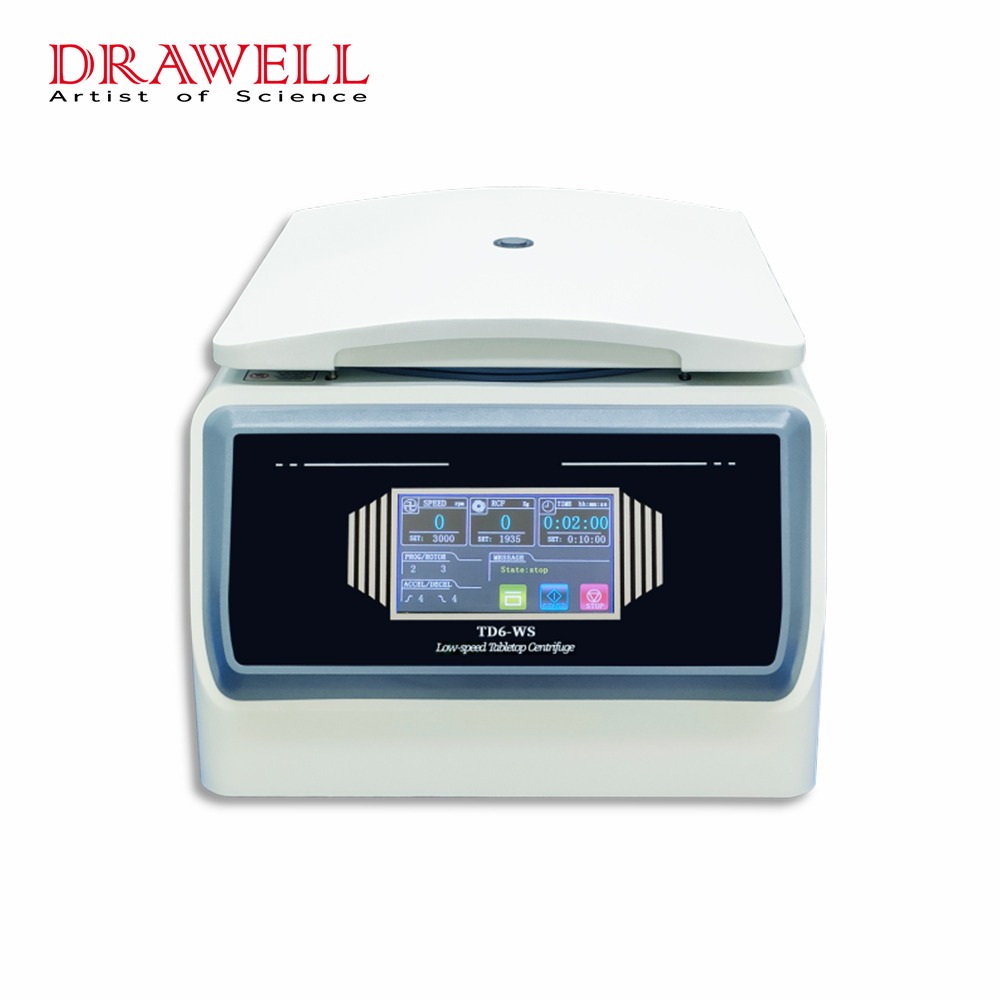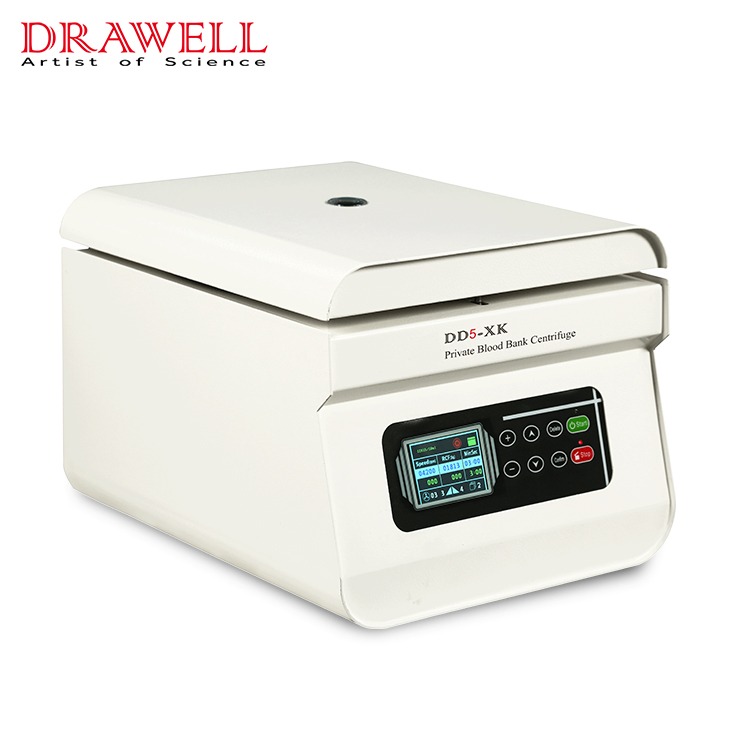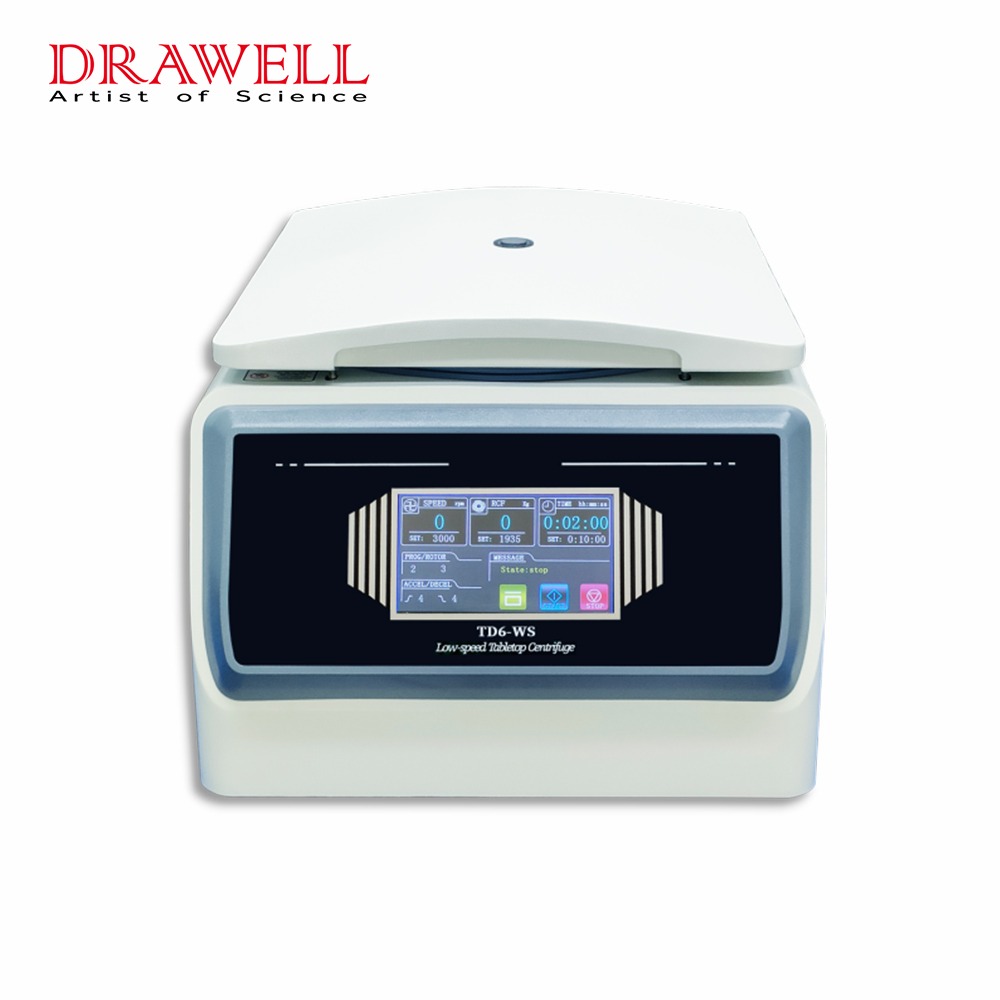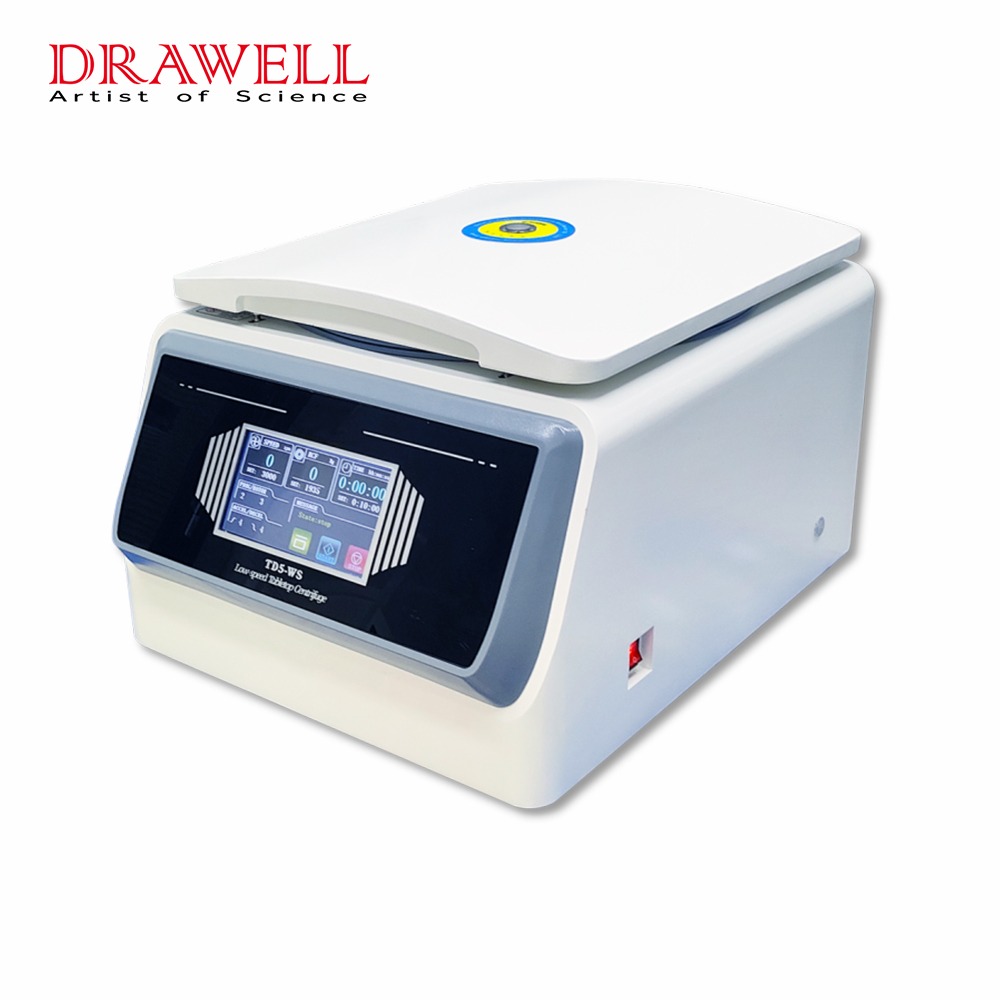Low speed centrifuges are used to separate particles based on their density by spinning samples at relatively low speeds. The efficiency and reliability of these devices depend heavily on the motor technology that powers them. Recent advancements in motor technology have significantly enhanced the performance, energy efficiency, and operational life of low-speed centrifuges.
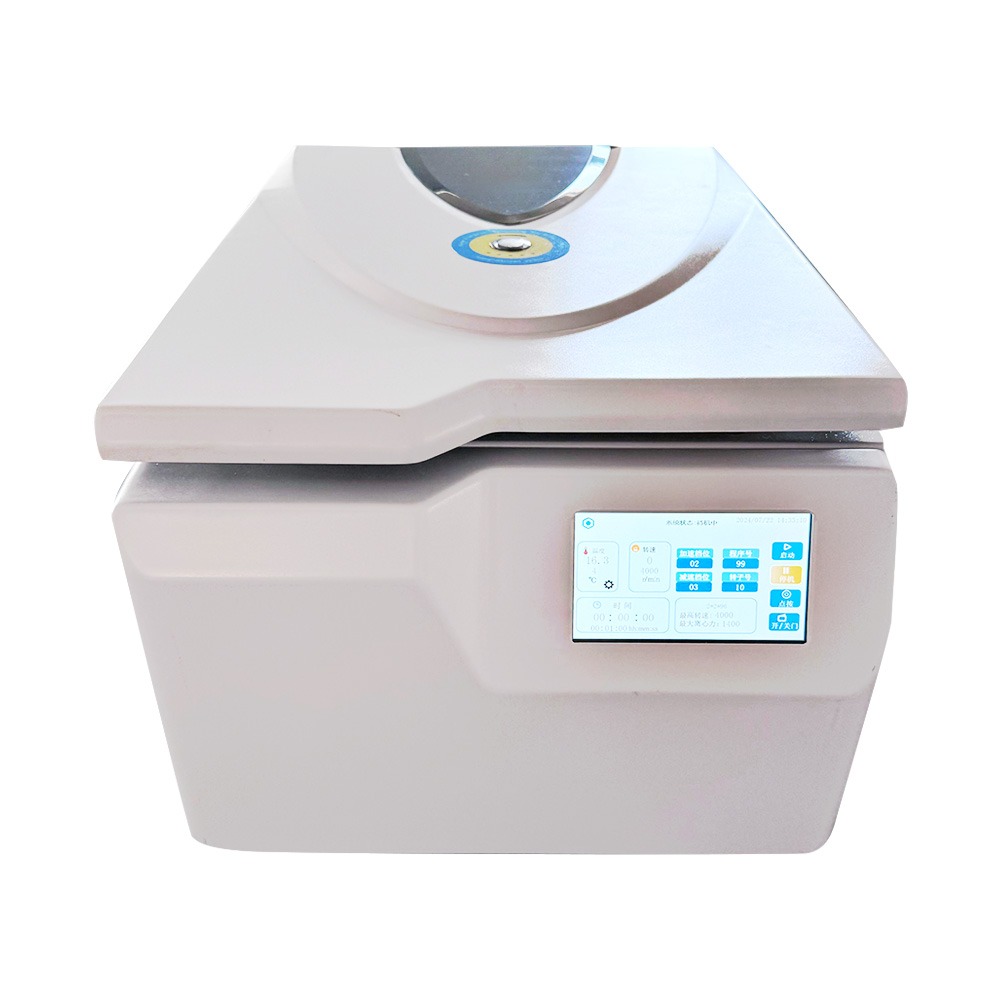
The Crucial Role of Motors in Low-speed Centrifuges
Here’s a chart outlining the various ways in which motors are integral to the performance and functionality of low-speed centrifuges.
| Aspect | Role of Motors in Low-Speed Centrifuges |
| Speed Control | Motors determine the speed at which the centrifuge spins, affecting the separation process and the accuracy of results. |
| Precision and Accuracy | High-quality motors ensure precise and stable rotational speeds, which are essential for accurate sample separation. |
| Efficiency | Advanced motors enhance energy efficiency by minimizing power loss and reducing operational costs. |
| Heat Management | Motors impact the amount of heat generated during centrifugation, with advanced designs producing less heat and improving stability. |
| Maintenance | The type of motor affects maintenance requirements; brushless and direct drive motors generally need less maintenance compared to traditional motors. |
| Reliability | Reliable motors ensure consistent performance and reduce the risk of equipment failure during critical processes. |
| Noise and Vibration | Motor design influences the level of noise and vibration in centrifuges; advanced motors typically operate more quietly and smoothly. |
| Lifespan | The durability and lifespan of the centrifuge are influenced by the motor’s construction and wear characteristics. |
| Operational Flexibility | Motors with advanced control features enable a range of speeds and operational modes, enhancing the centrifuge’s versatility. |
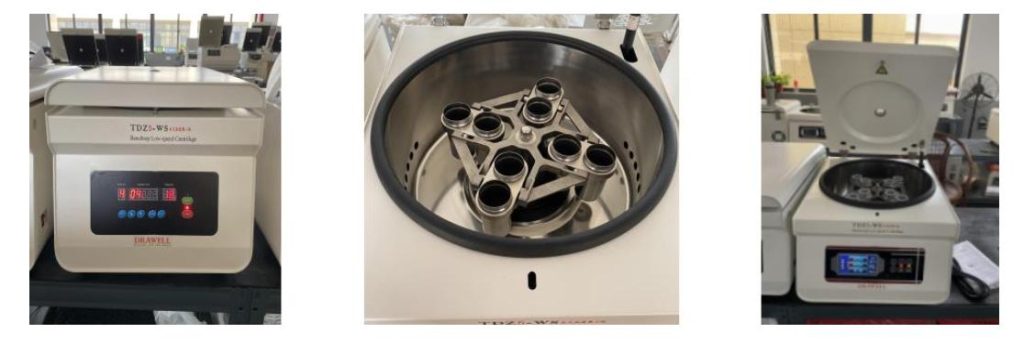
Key Innovations in Motor Technology for Low-speed Centrifuges
1. Brushless DC Motors
The introduction of Brushless DC motors has revolutionized motor technology in low-speed centrifuges. Brushless DC motors eliminate the need for brushes, which are prone to wear and require frequent replacement.
Comparison of Traditional Motors vs. Brushless DC Motors
This chart highlights the key differences between traditional brushed DC motors and brushless DC motors, showing how BLDC motors offer significant advantages in terms of efficiency, lifespan, and overall performance, despite their higher initial cost.
| Aspect | Traditional Motors (Brushed DC) | Brushless DC Motors |
| Maintenance Requirements | High (due to wear of brushes and commutators) | Low (no brushes, reducing wear and maintenance needs) |
| Efficiency | Lower (due to friction and heat from brushes) | Higher (less friction, more efficient power conversion) |
| Lifespan | Shorter (brushes and commutators wear out over time) | Longer (no brushes, fewer parts subject to wear) |
| Noise and Vibration | Higher (brush contact causes more noise and vibration) | Lower (smoother operation without brush contact) |
| Speed Control | Less precise (speed control limited by brush design) | More precise (advanced electronic control) |
| Cost | Lower initial cost | Higher initial cost, but lower over long term due to reduced maintenance |
| Heat Generation | Higher (brush friction generates more heat) | Lower (reduced friction leads to less heat production) |
| Reliability | Lower (more moving parts prone to failure) | Higher (fewer moving parts, less prone to failure) |
| Application Suitability | Suitable for low-cost, low-precision applications | Ideal for high-precision, low-maintenance applications |
2. Direct Drive Motors
Direct drive motors are another significant improvement in motor technology for low-speed centrifuges. In traditional centrifuges, motors are often coupled with belts or gears to drive the rotor. This setup can introduce mechanical losses and require regular maintenance.
Advantages of Direct Drive Motors
- Reduced Vibration and Noise: Direct drive motors reduce the mechanical components involved, leading to lower vibration and noise levels during operation, which is especially beneficial in environments where noise is a concern.
- Increased Reliability: Fewer moving parts mean fewer points of failure, enhancing the reliability and durability of the centrifuge.
- Energy Efficiency: Direct drive motors are more energy-efficient, as they minimize power loss typically associated with belts or gears.
3. Variable Frequency Drives (VFDs)
Role of VFDs in Centrifuges: Variable Frequency Drives (VFDs) have been integrated into the motor systems of low-speed centrifuges to offer better control over motor speed and torque. VFDs adjust the motor’s operating frequency, allowing for fine-tuned control of centrifuge speed.
Advantages of VFDs
- Enhanced Control: VFDs provide precise control over the centrifuge’s acceleration and deceleration, which is essential for delicate samples that require gentle handling.
- Energy Savings: By optimizing motor speed according to the load requirements, VFDs contribute to energy savings and reduce operational costs.
- Extended Motor Life: VFDs can also extend motor life by reducing mechanical stress during startup and shutdown, which can otherwise cause wear and tear.

4. Smart Motor Technologies
The advent of smart motor technology represents a significant leap forward in the evolution of low-speed centrifuge motors. These motors are embedded with sensors and connected to digital control systems, enabling real-time monitoring and adaptive performance adjustments.
Advantages of Smart Motors
- Predictive Maintenance: Smart motors can monitor their own performance and provide early warnings of potential issues, allowing for predictive maintenance that reduces downtime and extends equipment life.
- Improved Performance Monitoring: Real-time data on motor performance enables better process control, ensuring that the centrifuge operates at optimal conditions for each application.
- Connectivity: Smart motors can be integrated into larger digital systems, allowing for remote monitoring and control, as well as integration with laboratory management software.
5. Energy Efficiency and Sustainability
- Focus on Green Technology: With increasing emphasis on sustainability, improvements in motor technology for low-speed centrifuges have also focused on reducing energy consumption and environmental impact.
- Energy-Efficient Designs: Modern motors are designed to use less energy while maintaining or improving performance, which not only reduces operational costs but also aligns with global efforts to reduce carbon footprints.
- Recyclable Materials: Some of the latest motor technologies incorporate materials that are easier to recycle, further contributing to the sustainability of laboratory operations.
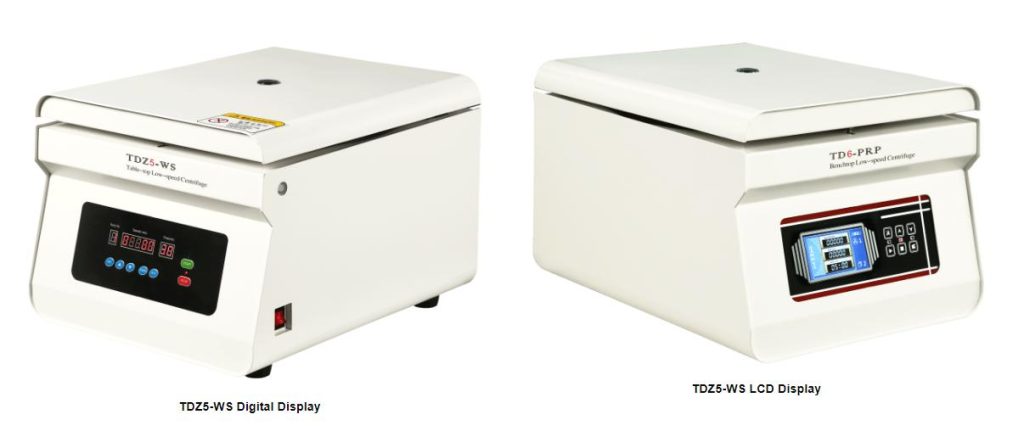
The latest advancements in motors for low-speed centrifuges have brought significant improvements in performance, reliability, and energy efficiency. These developments not only extend the lifespan of centrifuge motors but also contribute to better sample processing and overall system efficiency.


